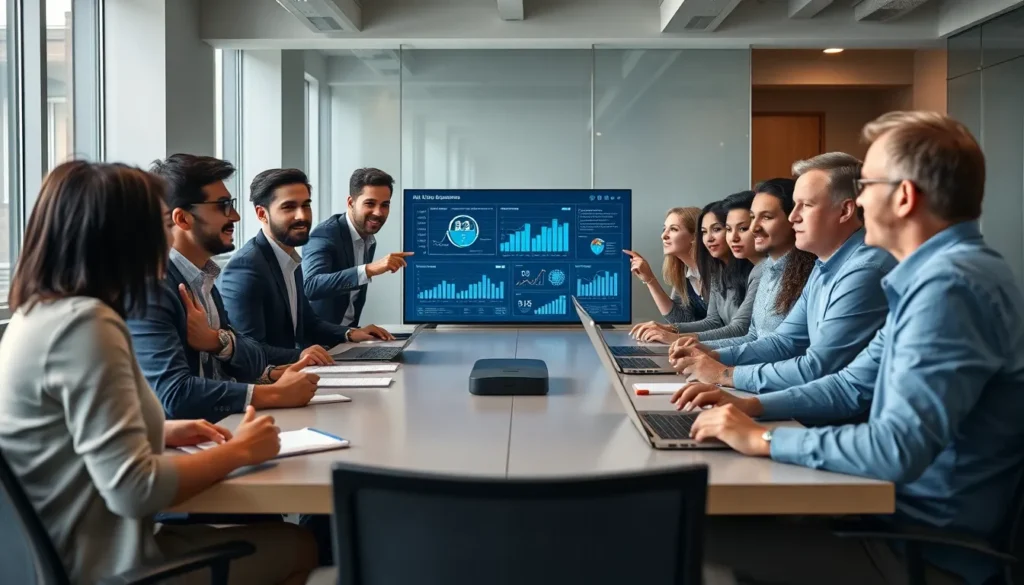Table of Contents
ToggleIn a world where cyber threats lurk around every digital corner, technical security controls are the superheroes we never knew we needed. They swoop in to save the day, protecting sensitive data and keeping nefarious hackers at bay. Imagine trying to guard your treasure without a moat—sounds risky, right? That’s where these controls come in, serving as the moat, the drawbridge, and the dragon all rolled into one.
Overview of Technical Security Controls
Technical security controls serve as vital mechanisms for protecting sensitive information from cyber threats. They encompass a range of tools and strategies designed to prevent unauthorized access and ensure data integrity. Firewalls, for instance, act as barriers between internal networks and external threats. Intrusion detection systems monitor network traffic for suspicious activity, providing alerts when anomalies occur.
Encryption plays a crucial role in safeguarding data, converting sensitive information into unreadable formats unless accessed by authorized users. Access control mechanisms limit user permissions, ensuring that only individuals with the right level of clearance can interact with specific data. Regular software updates and patches address vulnerabilities, reducing exposure to potential exploits.
Implementing these controls requires a comprehensive approach. Organizations often deploy multi-factor authentication to enhance security layers, adding extra verification processes for user access. This practice significantly mitigates the risk of credential theft. Additionally, security information and event management (SIEM) systems aggregate and analyze data across various sources, aiding in real-time incident response.
Proper configuration of technical controls is essential. Misconfigurations can create security gaps, rendering defenses ineffective. Regular audits and assessments ensure that controls adapt to evolving threats, maintaining a robust security posture. Each component of technical security controls plays a crucial role in creating a layered defense strategy, reflecting their importance in an organization’s overall security framework.
Types of Technical Security Controls

Technical security controls include various mechanisms essential for protecting sensitive data. Each type plays a critical role in ensuring robust defenses against cyber threats.
Access Controls
Access controls manage user permissions and restrict access to sensitive information. Authentication methods like usernames, passwords, and biometrics verify user identities. Role-based access control enforces the principle of least privilege, allowing only necessary access based on job requirements. Multi-factor authentication adds extra layers of security, making unauthorized access significantly harder. Additionally, regular audits of access logs help maintain oversight and identify potential breaches.
Encryption Methods
Encryption methods protect data by converting it into unreadable formats without the appropriate decryption keys. Symmetric encryption employs a single key for both encryption and decryption, making it efficient for large data volumes. Asymmetric encryption uses a pair of keys, enhancing security during data transmission. Implementing encryption protocols like AES (Advanced Encryption Standard) ensures strong protection for sensitive information. Moreover, encrypting data at rest and in transit adds further layers of defense.
Network Security Measures
Network security measures safeguard the integrity and usability of a network. Firewalls serve as barriers that filter incoming and outgoing traffic based on preset security rules. Intrusion detection systems monitor network traffic for anomalies, providing real-time alerts on suspicious activities. Virtual private networks (VPNs) encrypt internet connections, securing data during transmission. Systems using secure socket layer (SSL) or transport layer security (TLS) encrypt traffic between web servers and browsers. Regular updates and patches for software and devices minimize vulnerabilities in network systems.
Importance of Technical Security Controls
Technical security controls serve a crucial role in defending sensitive data against cyber threats. They create layers of protection within an organization’s security measures.
Risk Mitigation
Risk mitigation relies heavily on robust technical security controls. Firewalls and intrusion detection systems actively monitor network traffic to block potential attacks. These controls help identify vulnerabilities, reducing the risk of data breaches. Implementing multi-factor authentication decreases the probability of unauthorized access. Regular updates and patches address security flaws quickly, keeping systems resilient against new threats. Organizations benefit from the layered approach, as it ensures that if one control fails, others still protect valuable information.
Compliance and Standards
Compliance with regulations often mandates the implementation of technical security controls. Frameworks like GDPR and HIPAA set forth strict guidelines to protect sensitive data. Organizations must ensure proper encryption practices to meet these standards. Security information and event management (SIEM) systems aid in maintaining compliance by continuously monitoring security incidents. Audits verify adherence to these regulations, revealing areas for improvement. Ultimately, technical security controls empower organizations to meet legal obligations while protecting their reputation.
Implementing Technical Security Controls
Implementing technical security controls requires a strategic approach to effectively safeguard sensitive data. Organizations must prioritize best practices and address common challenges to enhance their security posture.
Best Practices
Adopting best practices maximizes the effectiveness of technical security controls. Regularly updating software addresses vulnerabilities, ensuring systems remain resilient against emerging threats. Additionally, implementing multi-factor authentication adds an essential layer of security, enhancing user verification. Leverage role-based access control for managing user permissions and minimizing risks associated with unauthorized access. Establishing comprehensive training programs for employees ensures awareness of security protocols, empowering teams to recognize and mitigate potential threats. Periodic audits and assessments identify weaknesses in security configurations, enabling prompt adjustments.
Common Challenges
Several challenges complicate the implementation of technical security controls. Balancing security measures with user experience can lead to resistance from employees, making it crucial to communicate the importance of these controls. Additionally, maintaining compliance with regulations like GDPR and HIPAA can be resource-intensive, requiring continuous monitoring and reporting. Integrating diverse security tools can create complexities, resulting in gaps if not managed effectively. Budget constraints may limit the ability to invest in advanced security solutions, impacting overall effectiveness. Organizations must proactively address these challenges to ensure robust protection of sensitive data.
Future Trends in Technical Security Controls
Emerging technologies are shaping the landscape of technical security controls. Artificial intelligence (AI) is increasingly used to enhance threat detection and response capabilities. Predictive analytics allows organizations to anticipate cyber threats before they occur, reducing potential damages.
Machine learning algorithms analyze vast amounts of data, identifying patterns that indicate security breaches. As these technologies mature, companies will rely on AI-driven solutions to automate incident response processes, providing faster resolution to security incidents.
Cloud security is another key area of focus. With the rise of remote work, organizations are migrating their infrastructure to cloud environments. Cloud-native security controls, such as improved identity and access management (IAM), ensure sensitive data remains protected in these environments.
Additionally, the adoption of zero trust architectures is gaining momentum. This approach mandates verification for every user attempting to access resources, regardless of whether they are inside or outside the network perimeter. Zero trust significantly minimizes the risk of insider threats and unauthorized access.
Privacy regulations are also influencing technical security controls. Compliance with frameworks, including General Data Protection Regulation (GDPR) and Health Insurance Portability and Accountability Act (HIPAA), necessitates robust data protection measures. Companies must integrate these compliance requirements into their security strategies effectively.
Future trends indicate a shift towards integrating advanced technologies and regulatory compliance into technical security controls. Prioritizing these developments will enhance an organization’s ability to defend against evolving cyber threats and safeguard sensitive data.
Technical security controls are vital for any organization aiming to protect sensitive data from ever-evolving cyber threats. By implementing a layered defense strategy that includes firewalls, encryption, and access controls, businesses can significantly reduce their risk of data breaches. Regular updates and audits play a crucial role in maintaining security integrity and compliance with regulations.
As technology advances, embracing new solutions like AI and zero trust architectures will be essential for staying ahead of potential risks. Organizations that prioritize these controls not only safeguard their data but also enhance their reputation and build trust with customers. Investing in technical security controls is not just a necessity; it’s a strategic advantage in today’s digital landscape.




